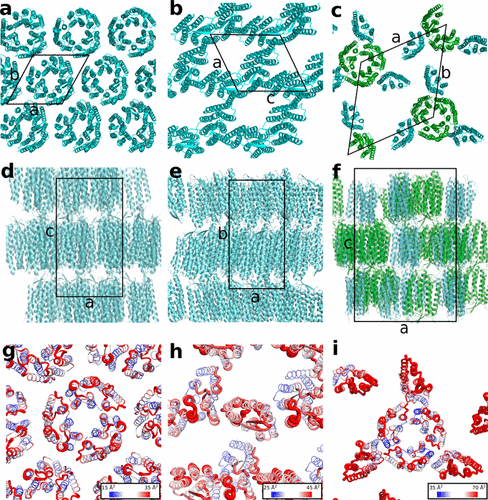
- Details
- Thursday, 08 June 2017

Cherezov lab members in association with researchers from The Scripps Research Institute, Moscow Institute of Physics and Technology, and Institute of Complex Systems have designed, synthesized, and characterized a series of chemically stable lipids resistant to hydrolysis capable of forming a lipidic cubic phase. The phase properties and lattice parameters of mesophases made of two most promising lipids were characterized. One of these lipids was used for crystallization and structure determination of a prototypical membrane protein bacteriorhodopsin at 4 and 20 °C.
The lipidic cubic phase (LCP) has been widely recognized as a promising membrane-mimicking matrix for biophysical studies of membrane proteins and their crystallization in a lipidic environment. Application of this material to a wide variety of membrane proteins, however, is hindered due to a limited number of available host lipids, mostly monoacylglycerols (MAGs). Here, we designed, synthesized, and characterized a series of chemically stable lipids resistant to hydrolysis, with properties complementary to the widely used MAGs. In order to assess their potential to serve as host lipids for crystallization, we characterized the phase properties and lattice parameters of mesophases made of two most promising lipids at a variety of different conditions by polarized light microscopy and small-angle X-ray scattering. Both lipids showed remarkable chemical stability and an extended LCP region in the phase diagram covering a wide range of temperatures down to 4 °C. One of these lipids has been used for crystallization and structure determination of a prototypical membrane protein bacteriorhodopsin at 4 and 20 °C.
